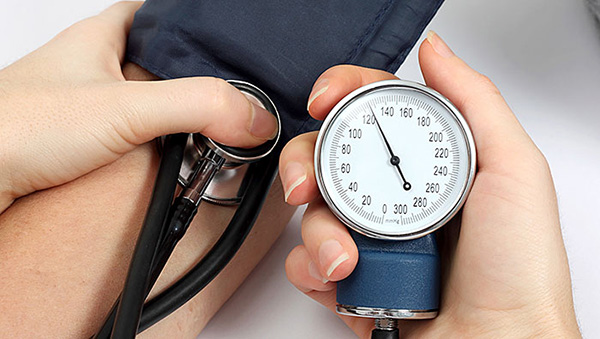After conducting an exercise, when we have emotions or when we are tired, our blood pressure rises, as a coping mechanism of the body, then it returns to normal. There are also cases in which the episodic increases above the normal values are not motivated by effort or fatigue. We speak in this case about oscillating blood pressure.
When it comes to measuring the blood pressure keep in mind the two numeric values. On the one hand there is systolic blood pressure, which usually has a higher value (120-130 mm Hg) and designates the pressure generated by heart to pump blood from the heart to other organs. And the lower value (70 mm Hg) of diastolic blood pressure which represents the pressure of the blood vessels when the heart fills with blood coming from the body.
If we are dealing with fluctuating blood pressure, we see episodic growth than normal, and these measurements usually return to normal parameters. But there is a risk that these oscillations become increasingly more common. In time, after several months or even years, some of these people with fluctuating blood pressure can develop hypertension.
What High Blood Pressure Does?
If blood pressure rises at least 2 mm Hg above the average, when measured at least twice at an interval of two weeks, this is a sign of hypertension. From the pathological view, high blood pressure on the minimal level is more important. Because hypertension involves an overload of the heart, which must pump blood against a higher pressure, wall thickening occurs and if it worsens ventricles, heart failure can be reached. Hypertension can also act on the central nervous system, triggering a hypertensive encephalopathy with headache, reaching even to stroke. Its value increases with age, meaning the state of the sclerosis of the walls of arterioles and small vessels, which, by the deposit of calcium salts, they lose elasticity or even break.
Signs And Symptoms:
The main signs of high blood pressure are:
Morning headache in occipital region, dizziness, insomnia, numbness of the limbs. In these conditions it is recommended a diet rich in minerals: Iodine (hypotensive), Mn (regulates renal function), and S.
Some Of The causes Of Hypertension Are:
Heredity (60%), obesity, consumption of salt (must be maximum 2-3 g/day), stress. It is normally recommended a salt intake of 4 g/day. But if there is a heart failure, it is recommended to consume no more than 2 grams of salt per day, the cafeteria can be achieved by eating raw vegetables without added salt. Positive emotions lead to lower blood pressure. Sexual contact, however, leads to increased systolic and diastolic blood pressure. There is a strong link between blood pressure and kidney. Blood pressure increases when there is a slowing of blood flow through the kidneys (kidney damage eye balls). Material that causes globally degradation are: salt, acids, protein, nicotine, metals (especially mercury) and medications.
Under normal circumstances, there is an evolving cyclical blood pressure: pressure peak hours are 6-10 and 17-19, and at night 3-4 are the minimum values. In late-January, diastolic blood pressure is maximum, and mid-February, systolic pressure is maximum.

